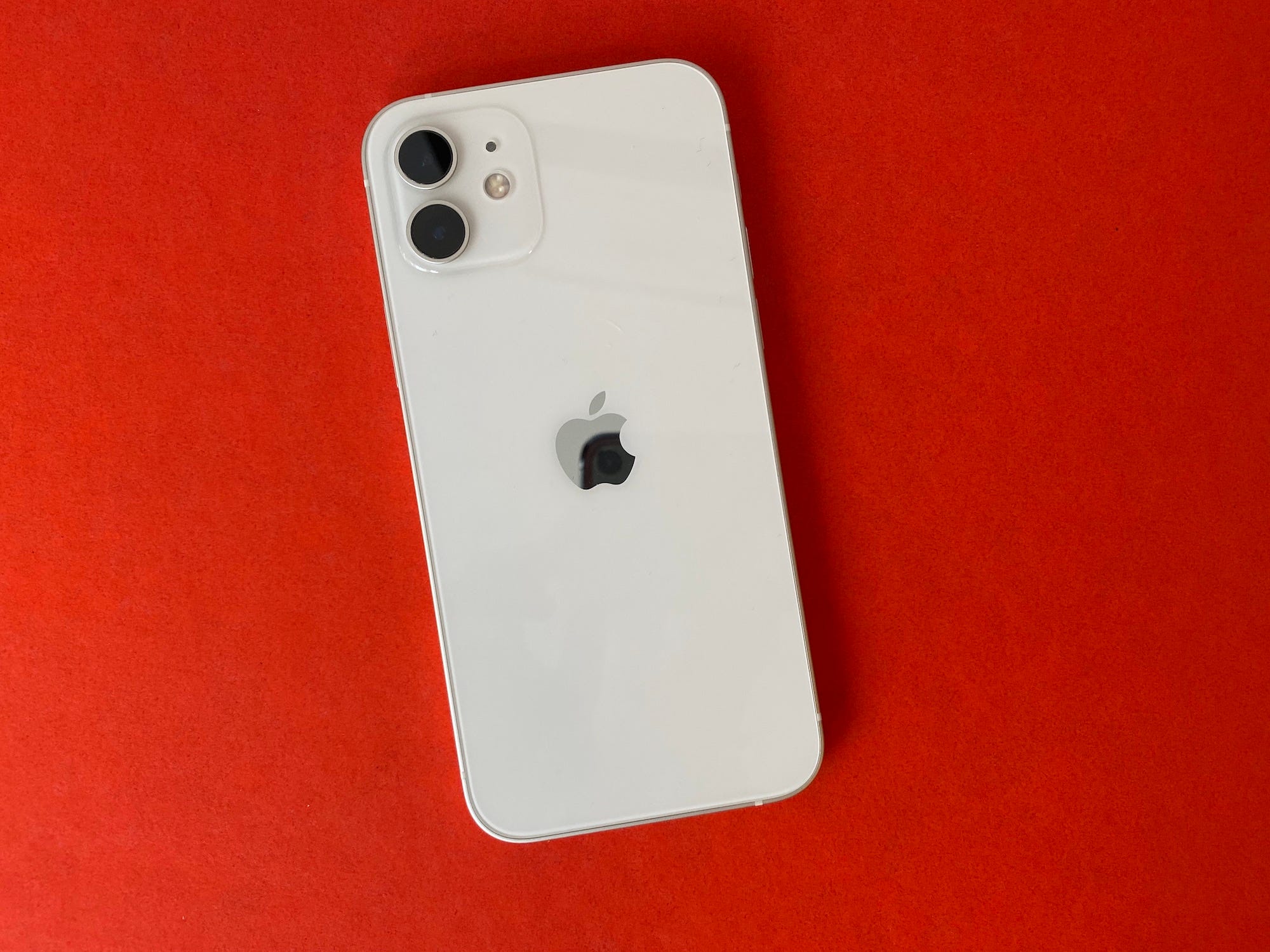
- With a refreshed design, a better screen on the standard model, and Night Mode on all cameras, the iPhone 12 feels like a step forward.
- Apple touts 5G support as the phone’s biggest feature, but today’s widespread 5G networks aren’t much faster than 4G LTE.
- The iPhone 12 also offers long battery life and support for Apple’s new line of MagSafe accessories that easily snap to the back of the phone.
- Still, it lacks some useful features found on Android devices, like a fingerprint scanner and always-on display.
- All told, the iPhone 12 is an ideal choice for those looking to upgrade from an older phone like the iPhone X or earlier.
- 5G may not be useful right away, but it future-proofs the iPhone 12 so that it feels relevant for years to come.
The iPhone 12 certainly feels like the biggest leap that Apple’s smartphone line has taken in years, but not necessarily for the reason the tech giant— or major cell carriers — would have you believe.
Apple framed 5G as being the headlining feature of its new iPhones, with CEO Tim Cook describing it as “the beginning of a new era for iPhone” during the company’s launch event.
But, when it comes to the immediate improvements you should expect when unboxing the iPhone 12, which starts at $800 and officially launches on October 23, don’t expect 5G to be at the top of the list.
While it's true that major carriers in the United States now have nationwide 5G networks, they don't offer the blazing fast speeds that one would typically associate with 5G. Those networks are found in small corners of select cities around the US.
Still, the iPhone 12 is a step up in other important ways, like its refreshed design that makes it easier to hold, an improved screen, a high-quality camera that's better at seeing in the dark, and compatibility with a new accessory line designed to seamlessly snap to the back of your iPhone. Here's a closer look at whether the iPhone 12 is right for you.
Apple iPhone 12 Specifications
- Display: 6.1-inch Super Retina XDR OLED of (2,532 x 1,170 resolution)
- Processor: Apple A14 Bionic
- Cameras: 12-megapixel dual lens camera with wide-angle and ultra-wide angle lenses
- Selfie Camera: 12-megapixel
- Estimated battery life: Up to 17 hours
- Storage: 64GB, 128GB, or 256GB
- Memory: 4GB RAM
- Biometric authentication: Face ID
- Network support: 5G (sub-6GHz and mmWave)
- Durability: IP68 (depth of 6 meters for up to 30 minutes); Display with ceramic shield coating for 4X drop resistance
Design

The most striking change about the iPhone 12 is its updated design. Gone are the rounded metal edges that have been present since 2014 starting with the iPhone 6 and 6 Plus.
Apple has instead reverted back to a design that's reminiscent of the iPhone 5S and earlier — with more than a few modern design flourishes of course.
Both the iPhone 12 and iPhone 12 Pro come with flat edges that are significantly thicker than the curved corners of their predecessors. A thicker look is usually frowned upon when you're talking about new tech gadgets, but in the iPhone 12's case it works wonderfully and results in an elegant appearance.
The larger and more defined edges give the phone an aesthetic that's distinct from both the iPhone 11 and Android rivals, while also making the phone much easier to grip.
The iPhone 12 is also more compact than the iPhone 11 in every way, despite the fact that it has the same sized screen and more pronounced edges. The iPhone 12 weighs just 164 grams and measures 5.78 inches x 2.82 inches x 0.29 inches, while the iPhone 11 weighs 194 grams and has dimensions of 5.94 inches x 2.98 inches x 0.33 inches.
However, it's not quite as light as recent phones released by Google and Samsung. The Google Pixel 5 is 151 grams in weight, while Samsung's Galaxy S20 weighs 163 grams.
The iPhone 12 line also lacks a fingerprint sensor, an incredibly useful authentication method at a time when our faces are partially obstructed by masks each time we leave the house. Android phones from Samsung, Google, and OnePlus all offer fingerprint sensors that are either built into the screen or located elsewhere.
Display
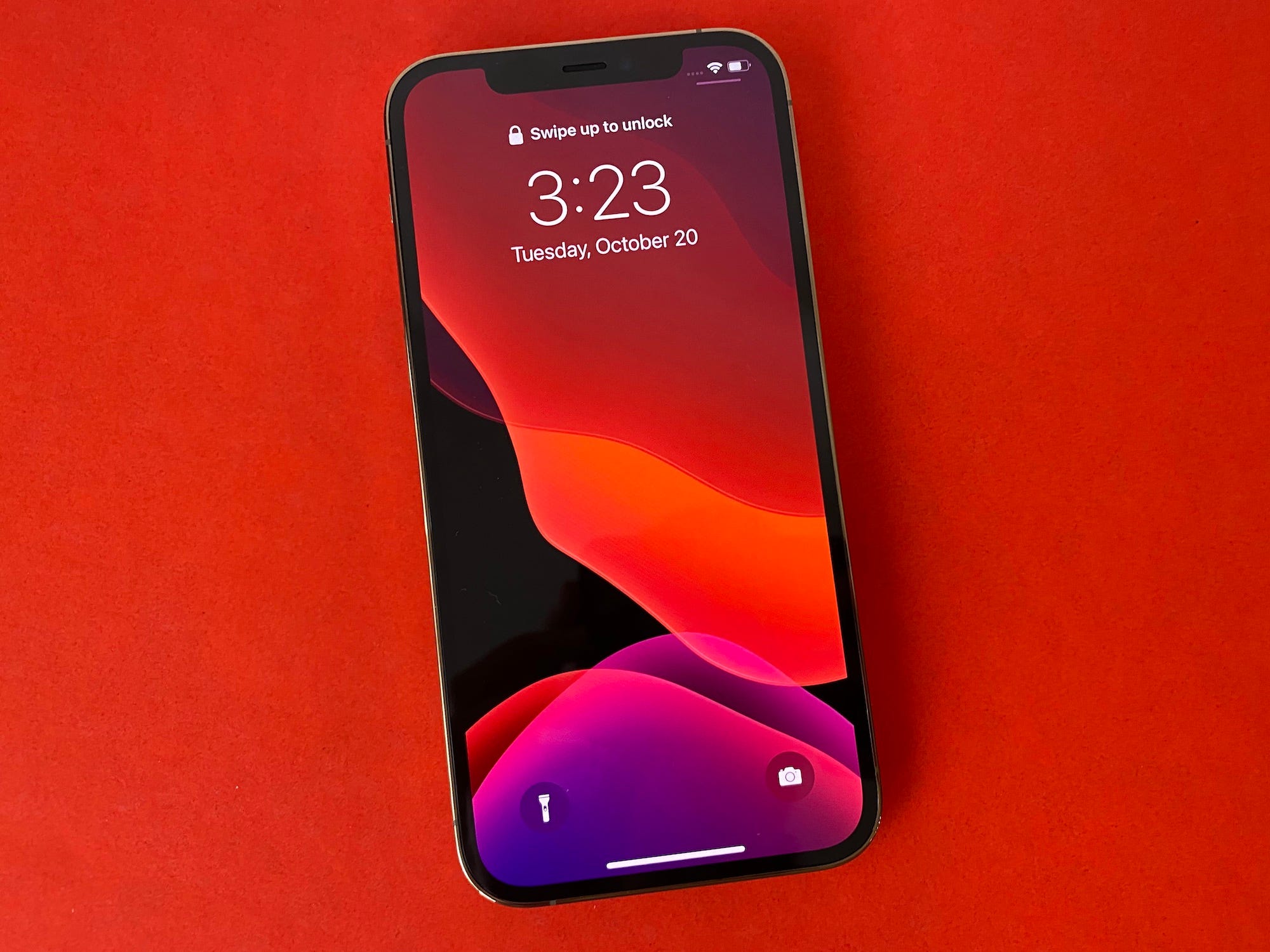
Apple used to reserve its Super Retina XDR OLED displays just for its Pro models, but that feature is finally trickling down to the standard iPhone this year. That's along with other improvements such as a higher resolution and better durability compared to the iPhone 11.
The enhancements are certainly noticeable when looking at the two phones side-by-side. The iPhone 12's OLED 2,532 x 1,170 resolution screen offered bolder color and contrast compared to the iPhone 11's LCD 1,792 x 828 resolution display when watching a 4K trailer for the action film "Tenet" on YouTube. This difference is especially apparent during any dark scenes since the iPhone 11's LCD display doesn't reach as deep of a black tone as the iPhone 12's due to its lack of local dimming beneath the screen.
The iPhone 12's Super Retina XDR display is about on par with the much pricier Samsung Galaxy S20 Ultra's 3,200 x 1,400 AMOLED screen, although Samsung's device did display color that was slightly richer and more vibrant.
The other big upgrade coming to the iPhone 12's screen is its ceramic shield coating, which the company says should make it four times as drop resistant as its predecessors. I wasn't brave enough to test this with my review unit, but it's a useful addition that will hopefully better equip the iPhone 12 when it comes to enduring accidental bumps and drops.
The iPhone 12 also manages to have the same-sized screen as the iPhone 11 despite being physically smaller. That's because Apple slightly decreased the size of the the thin black borders that frame its display.
It's a welcome improvement compared to the iPhone 11, but it's not quite as sleek as the display on Samsung's Galaxy S20 series, which simply has a hole punch-shaped cutout for the cameras rather than a full notch. Apple's iPhone 12 also still lacks an always-on screen that can show the time and other information even when the display is asleep, a common feature I've come to appreciate on Android phones.
Cameras
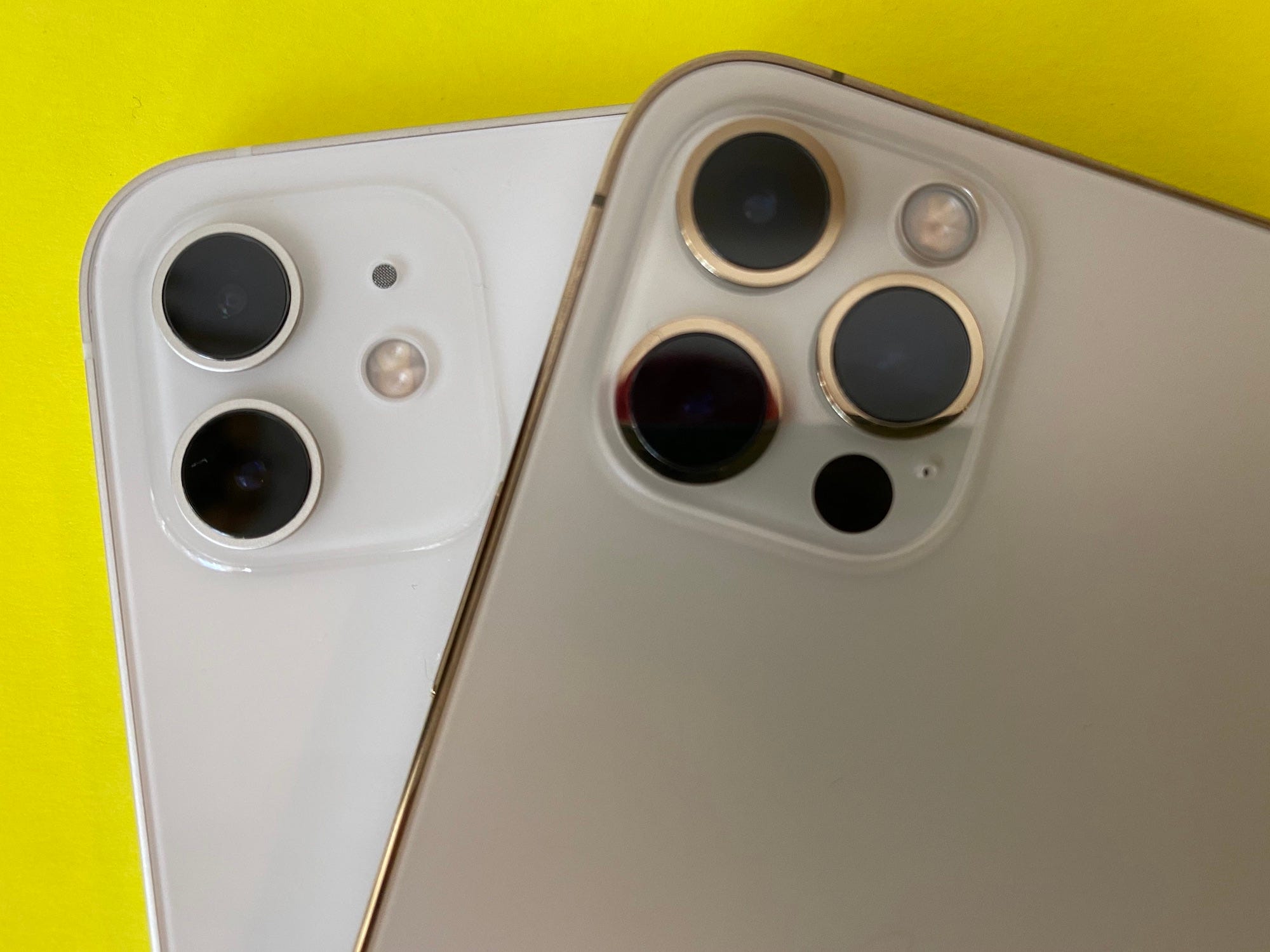
Among the improvements to come to the iPhone 12's camera is its ability to take in more light thanks to a wider aperture, resulting in better low-light photos.
The iPhone 12 and 12 Pro have an aperture of f/1.6 on their main wide cameras while the iPhone 11 and 11 Pro have an aperture of f/1.8. When discussing aperture, or the opening in which light passes through the camera lens, a lower number is usually better.
The ability to absorb more light has made the iPhone 12's camera system slightly better at capturing photos in Night Mode compared to its predecessors. Below you'll notice the iPhone 12's photo of a Halloween display at night is a little brighter than the image shot on the iPhone 11 Pro.
Apple iPhone 12

Apple iPhone 11 Pro

The iPhone 12's Night Mode shots are sometimes better and, in other scenarios, a little worse than those taken by the Galaxy S20 Ultra and Google Pixel 5. In some test shots, the iPhone's photo has better lighting than Samsung's phone. It is also a bit crisper than the Pixel 5's photo.
But, the Galaxy S20 Ultra is able to focus more sharply on the subject — likely because it has a depth sensor in its camera system unlike the standard iPhone 12 (that feature is reserved for the iPhone 12 Pro.)
Take a look at some test shots below. You'll notice the Galaxy S20 Ultra's shot is the sharpest, although the iPhone has the boldest color, while the Pixel 5's is the most blurry.
Apple iPhone 12
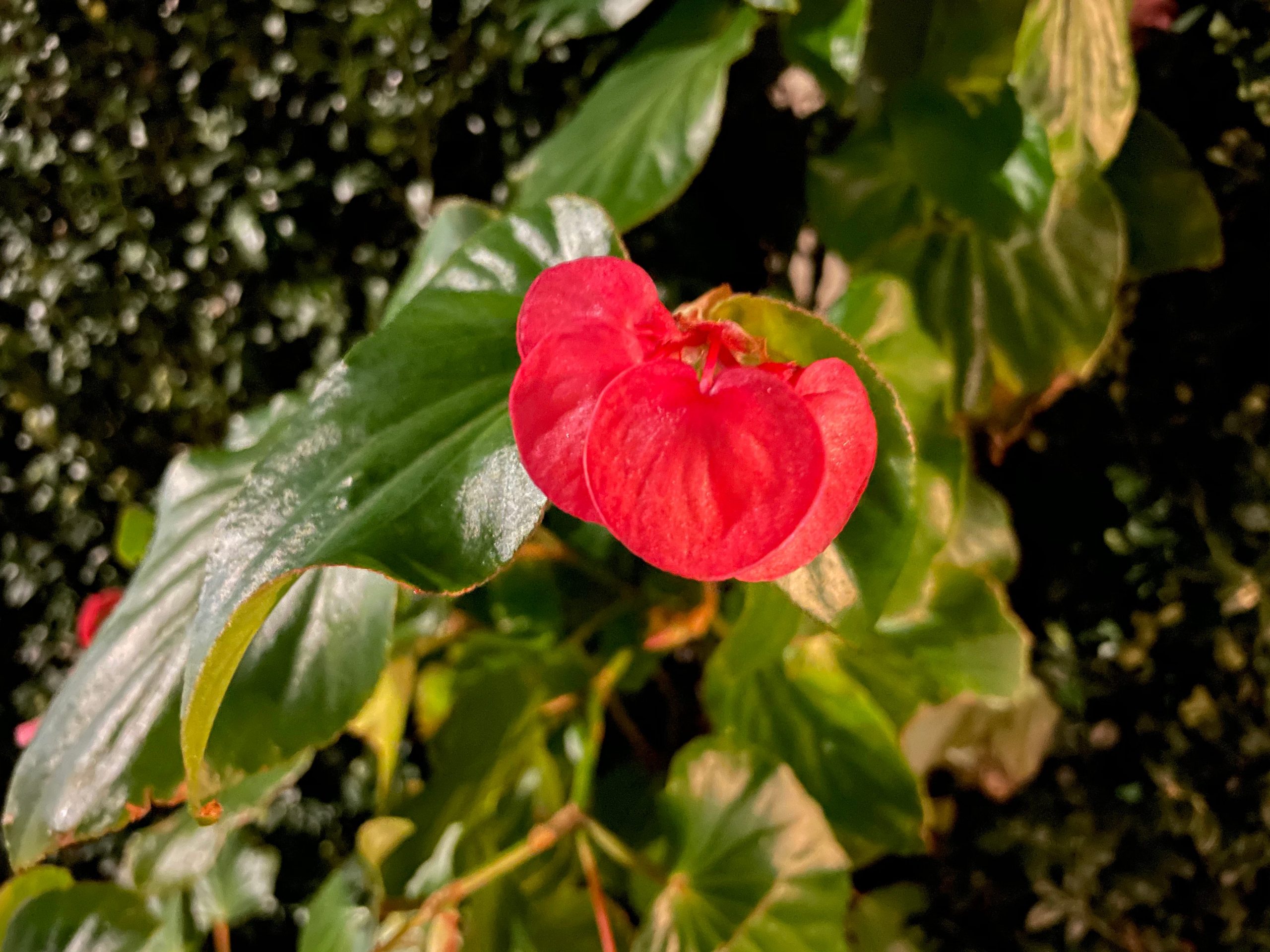
Samsung Galaxy S20 Ultra

Google Pixel 5
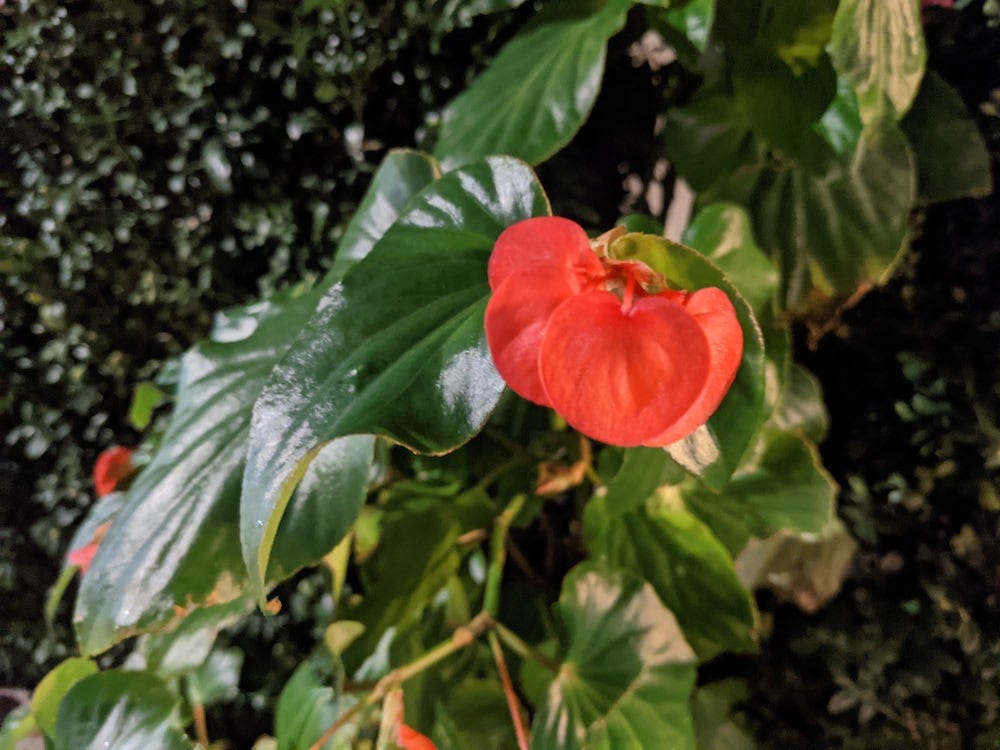
But, the most significant update to come to the iPhone 12's camera is its ability to capture Night Mode photos on all camera lenses: the wide camera, the ultra wide-angle camera, and the selfie camera. This has resulted in noticeably brighter photos taken with the ultra-wide lens and front camera that simply would not have been possible without flash otherwise.
Here's how a selfie without flash looks on the iPhone 12 with Night Mode compared to the iPhone 11 Pro, which doesn't have a night mode on its front camera.
Apple iPhone 12

Apple iPhone 11 Pro
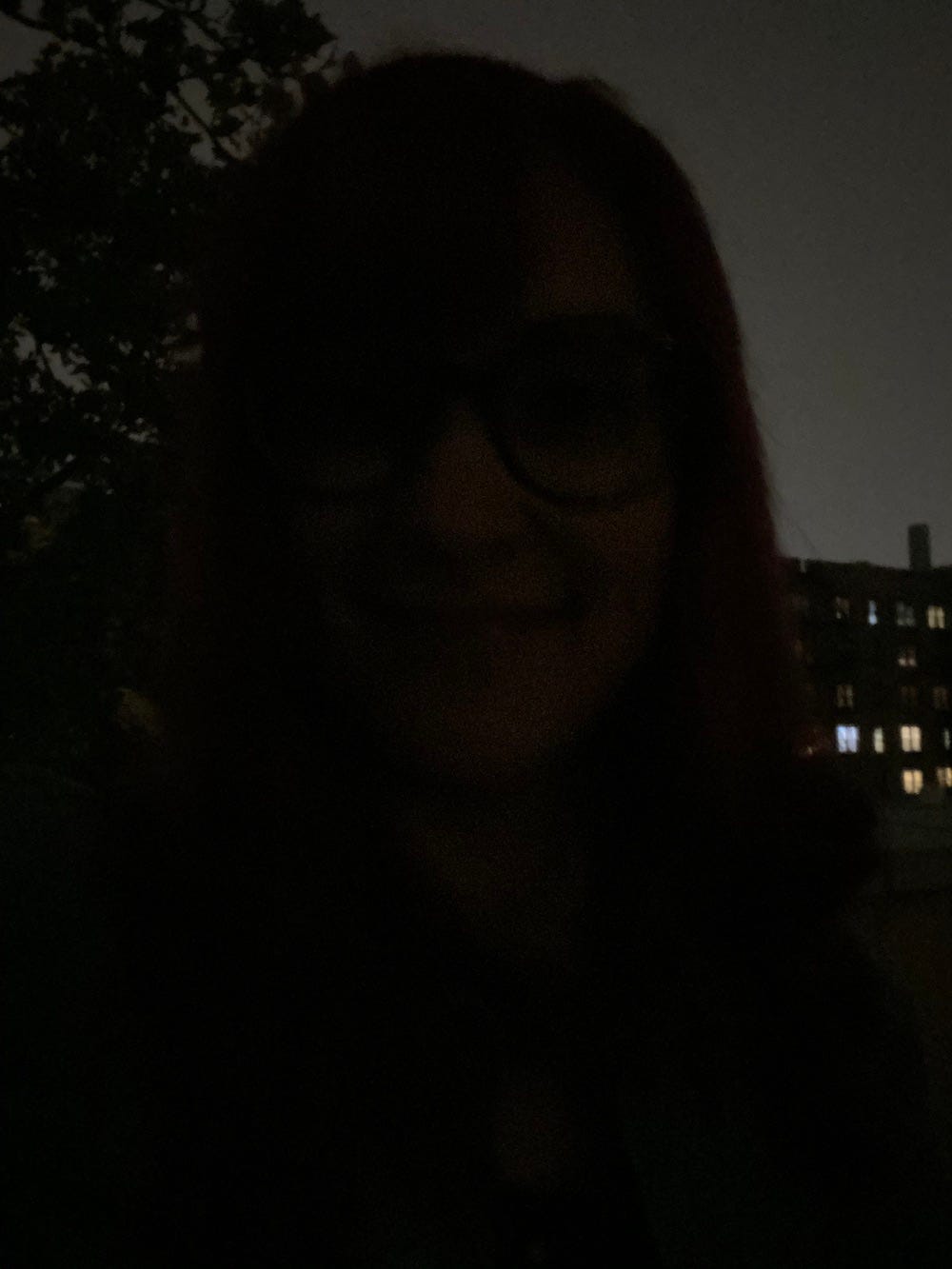
Night mode almost makes it look like the photo above, which was taken at about 8 p.m. in the evening, was captured during the day. Still, while the iPhone's photo is plenty bright, it isn't nearly as sharp as the Galaxy S20 Ultra's photo. The Pixel 5's shot is slightly crisper, too. Samsung's photo may have been the darkest, but it's also the most detailed by far.
Samsung Galaxy S20 Ultra

Google Pixel 5

When it comes to everyday photography in outdoor, well lit circumstances, the iPhone captures bright and vibrant color.
Take a look at the photos below, and you'll notice that the colors in the subject's face in the portrait shot look much more lively and realistic. The sand in the photo of ducks by the river also has much more color and contrast, making the images from Google's phone look a bit dull in comparison.
Apple iPhone 12


Google Pixel 5


I noticed the same pattern when testing the selfie camera during the day as well — the iPhone provides richer color than those from Samsung and Google.
Apple is adding a few new tricks to the iPhone for video enthusiasts as well. Owners of the iPhone 12 will be able to shoot in Dolby Vision HDR up to 30 frames per second, and you can also capture time lapse videos in Night Mode.
5G
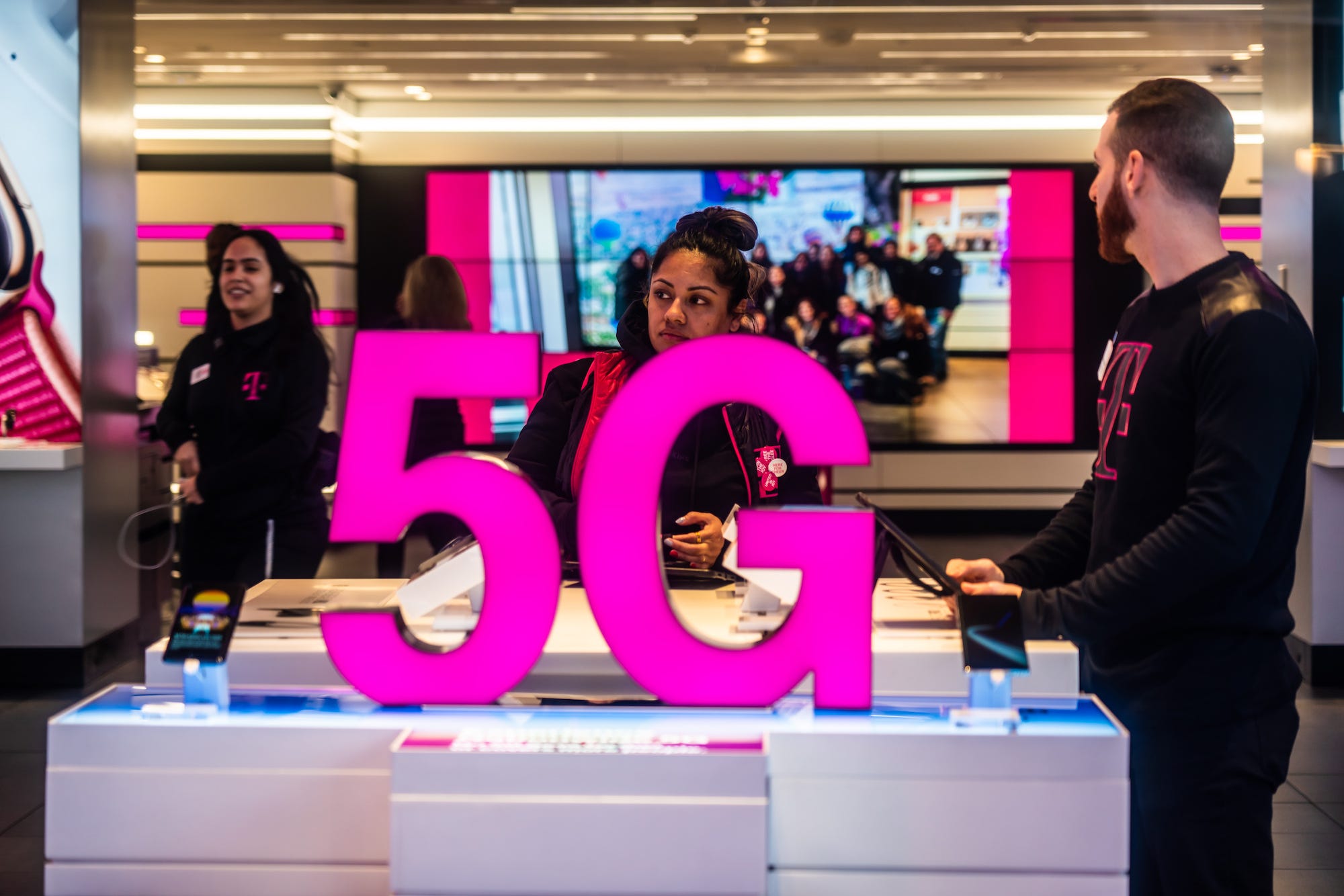
Next-generation 5G networks from Verizon, AT&T, and T-Mobile may be nationwide, but there's a good chance you'll be experiencing speeds that aren't much faster than your current LTE network. At least for now.
Service will always vary depending on a variety of factors such as your location, but in my experience Verizon's nationwide non-millimeter wave 5G network only performed incrementally faster than its 4G LTE offerings. That falls in line with claims that Verizon has made in the past about its nationwide 5G network.
Using the app Speedtest.net, which evaluates the performance of your internet connection by measuring upload and download speeds, I achieved an average download speed of 109.3 megabits per second (Mbps) and average upload speeds of 34.4 Mbps on the iPhone 12.
My iPhone 11 Pro running on Verizon's 4G LTE network, by comparison, achieved an average download speed of 106.4 Mbps and average upload speed of 21.4 Mbps during the same test.
Super-fast 5G networks that run on millimeter wave spectrum are only available in very small areas of the country — quite literally specific street corners in a handful of cities. So, don't expect a major jump in performance because of 5G just yet.
MagSafe accessories and battery life
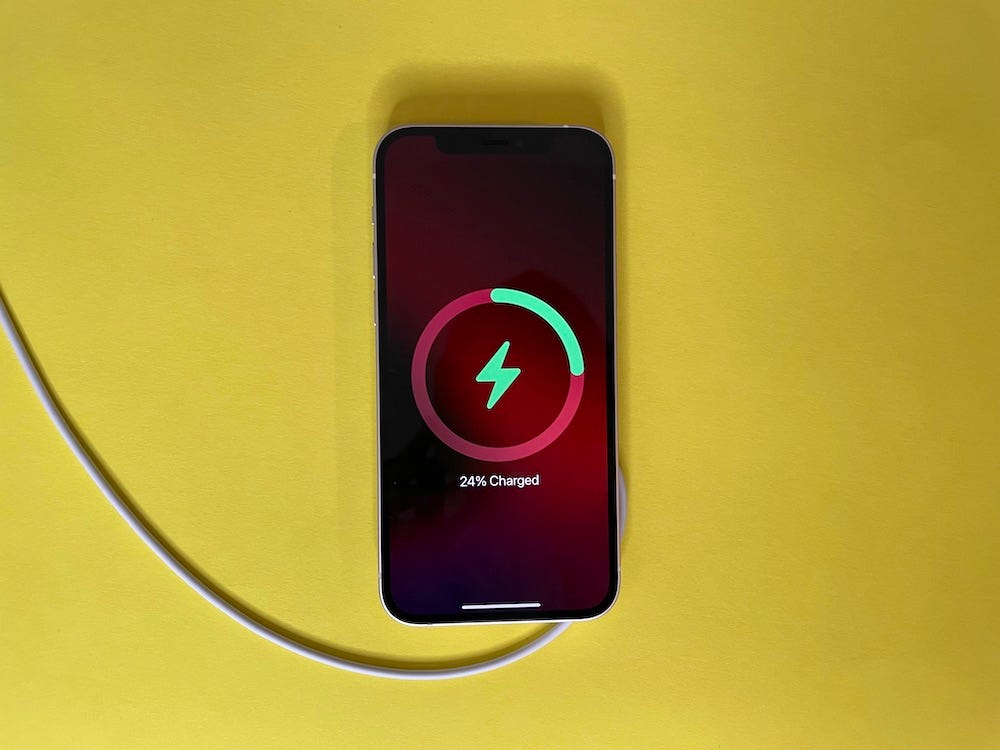
If you're anything like me, you've placed your iPhone in the wrong spot on its wireless charger at least once or twice, resulting in a drained battery and a missed alarm the next morning. Apple is hoping to circumvent this issue with its MagSafe wireless charger, which as its name implies uses magnets to snap onto the back of the iPhone 12.
The MagSafe charger essentially feels like a bigger Apple Watch charger designed for the iPhone. Simply place the phone against the round charger and it'll seamlessly snap into place. Like the Apple Watch charger, Apple's MagSafe wireless charger also makes a sound to confirm that it's connected and displays a graphic showing your iPhone's battery level.
But Apple is betting that its MagSafe tech will be useful for much more than adding convenience to wireless charging. The company is also launching a wallet that attaches to the back of your iPhone using MagSafe, and says that third-party accessory makers will be launching new add-ons of their own.
That opens up the door for a whole new crop of add-ons for the iPhone down the line, similar to Motorola's Moto Mod accessories.
When it comes to battery life, the iPhone 12 can comfortably last a full day and then some. After a little more than 15 hours of use, the iPhone 12 still had 34% of its battery left, suggesting that the iPhone 12 is more than capable of meeting Apple's 17-hour claims.
Battery life will always vary depending on how you use your phone and the settings that you have enabled. During my time with the iPhone 12, I streamed video for about 45 minutes — while having the brightness set to its maximum for about 15 of those minutes — and used 5G for about an hour and a half. Other than that, I streamed music for about 20 minutes and checked emails, browsed social media, took photos, and made a few brief phone calls.
The bottom line
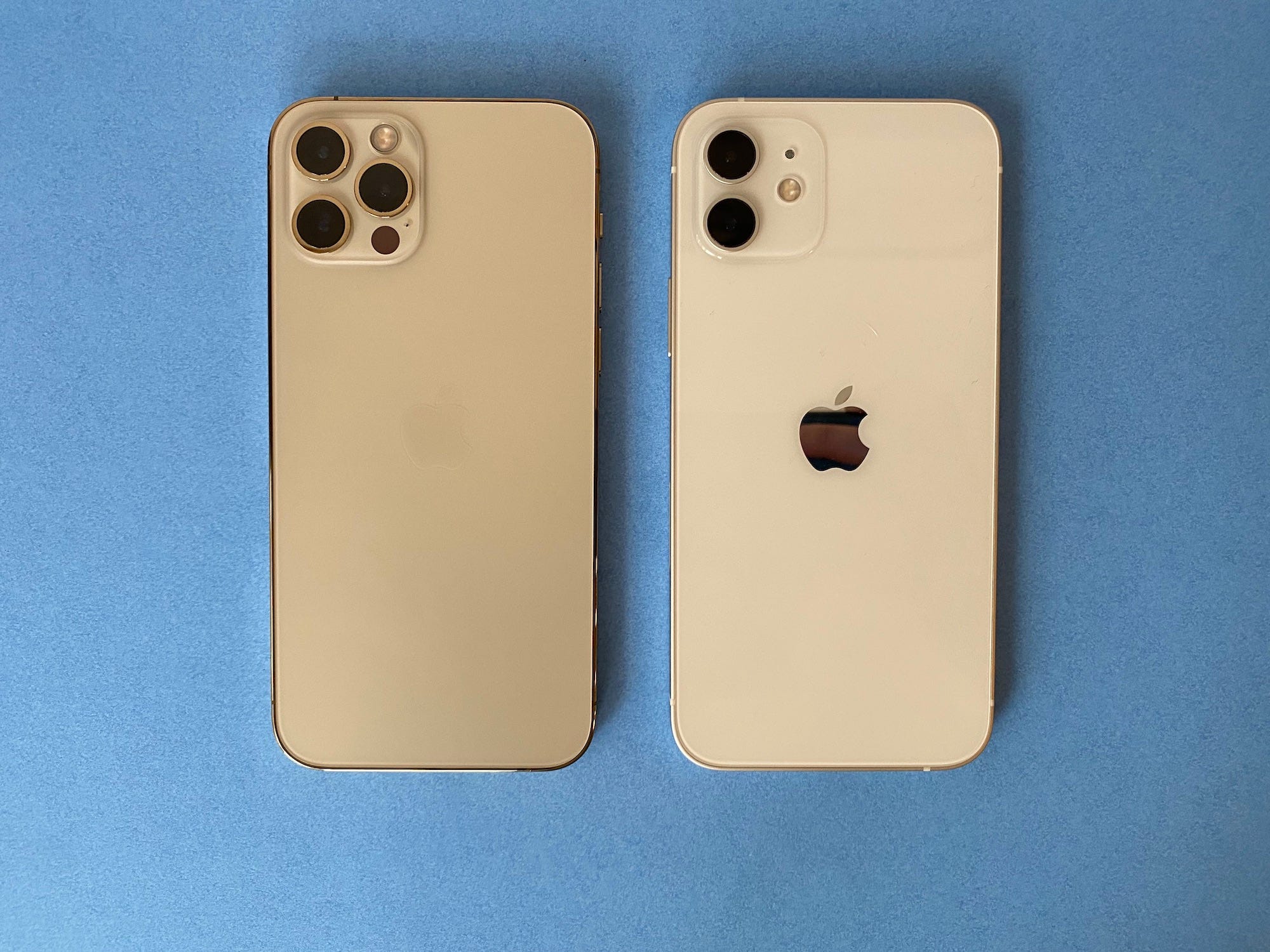
Apple's iPhone 12 and iPhone 12 Pro introduce many improvements, such as an elegant and comfortable-to-hold design, a sharper OLED display on the standard model, a camera that's better in low-light conditions, and compatibility with new MagSafe accessories.
But, if you have a relatively new iPhone, such as a device in the iPhone 11 or iPhone XS generation, you can probably hold off at least another year or so before upgrading your iPhone.
Those with an iPhone X or older will probably appreciate the leaps in power and battery life more than those with an XS or 11. If you're upgrading from an 11, the biggest benefits you're getting are the new design, a more vibrant and durable screen, a faster processor, MagSafe compatibility, and night mode on all cameras.
That might sound like a lot. But, unless you're using an older phone that's lacking modern features that have become mainstays on the iPhone, such as Face ID or the ultra-wide angle camera, you're probably not going to notice all that much of a difference in your daily experience.
If one thing is for certain, it's that you shouldn't upgrade to the iPhone 12 just for 5G alone. The version of 5G that's widely available today isn't much faster than 4G LTE, and the 5G networks that do offer ultra-fast speeds are only available outdoors in small areas of certain cities or in stadiums.
All told, the iPhone 12 is chock full of seemingly separate updates that come together to make for a compelling step forward for the iPhone. The new design alone makes it feel fresher than Apple's iPhone lineup has in years. The addition of 5G may not matter much today, but it sets up the iPhone 12 to remain relevant for years to come.
Pros: New design looks elegant and makes the iPhone 12 easier to hold; Better low-light camera and night mode on all lenses; OLED display on the standard model looks sharp and crisp; 5G will keep the iPhone 12 relevant for years to come
Cons: Widely deployed 5G networks aren't much faster than LTE today; No fingerprint sensor; No always-on display; Night mode selfies aren't very sharp
